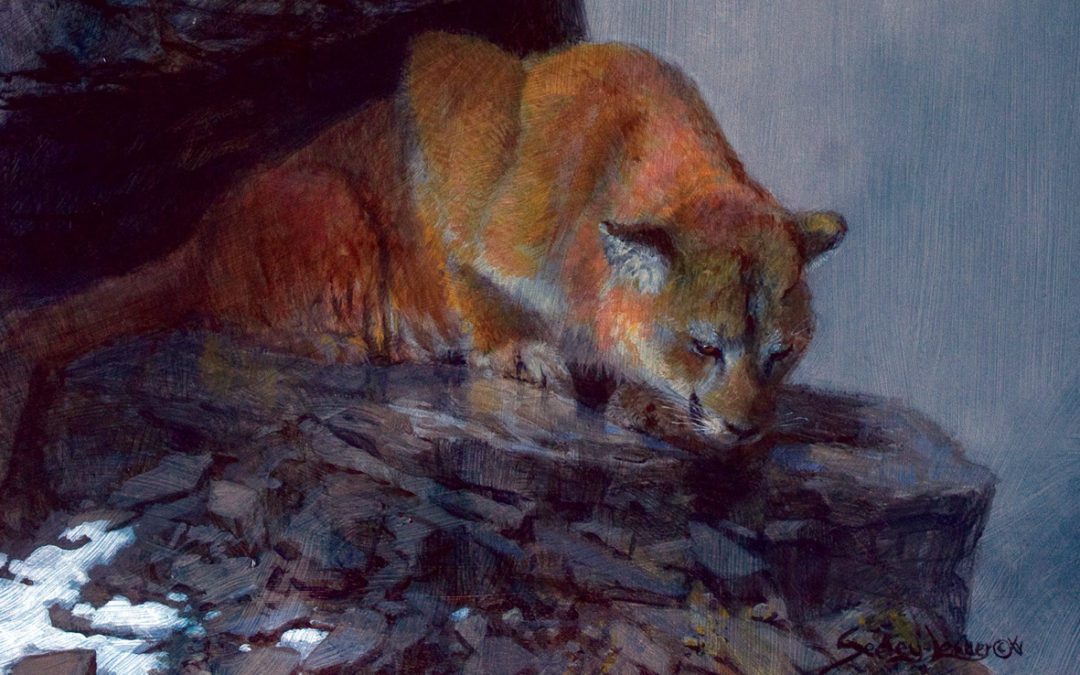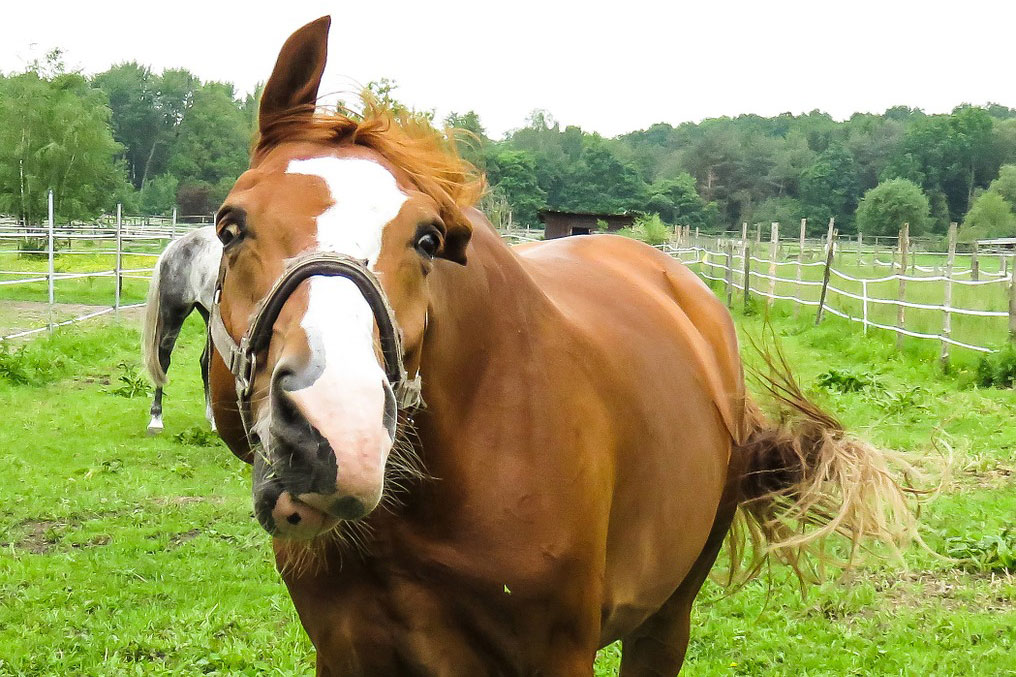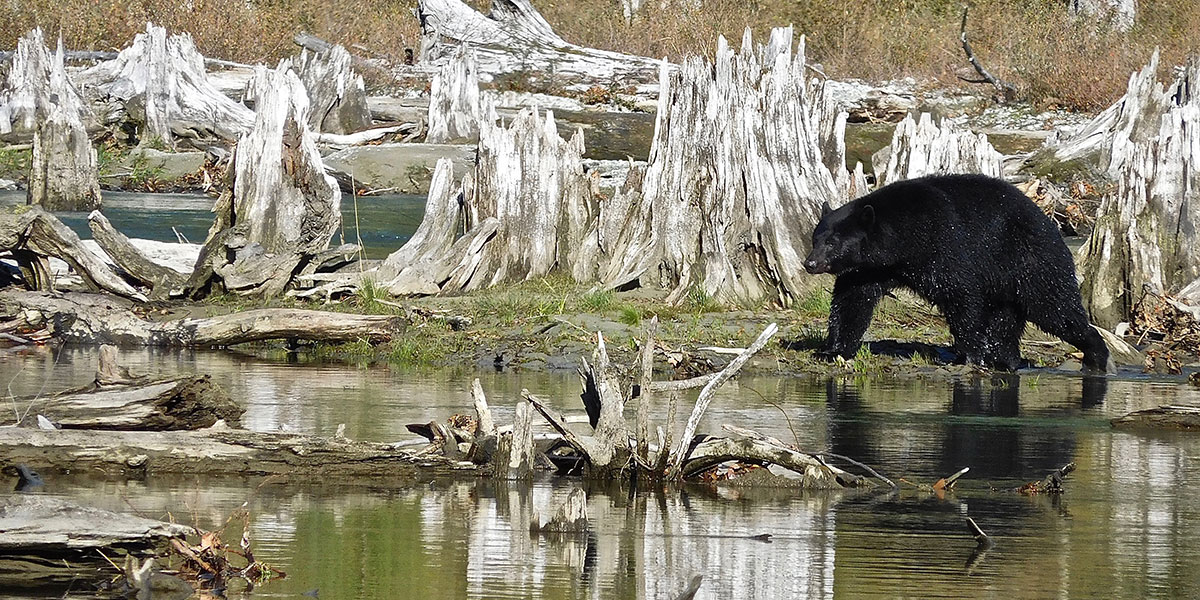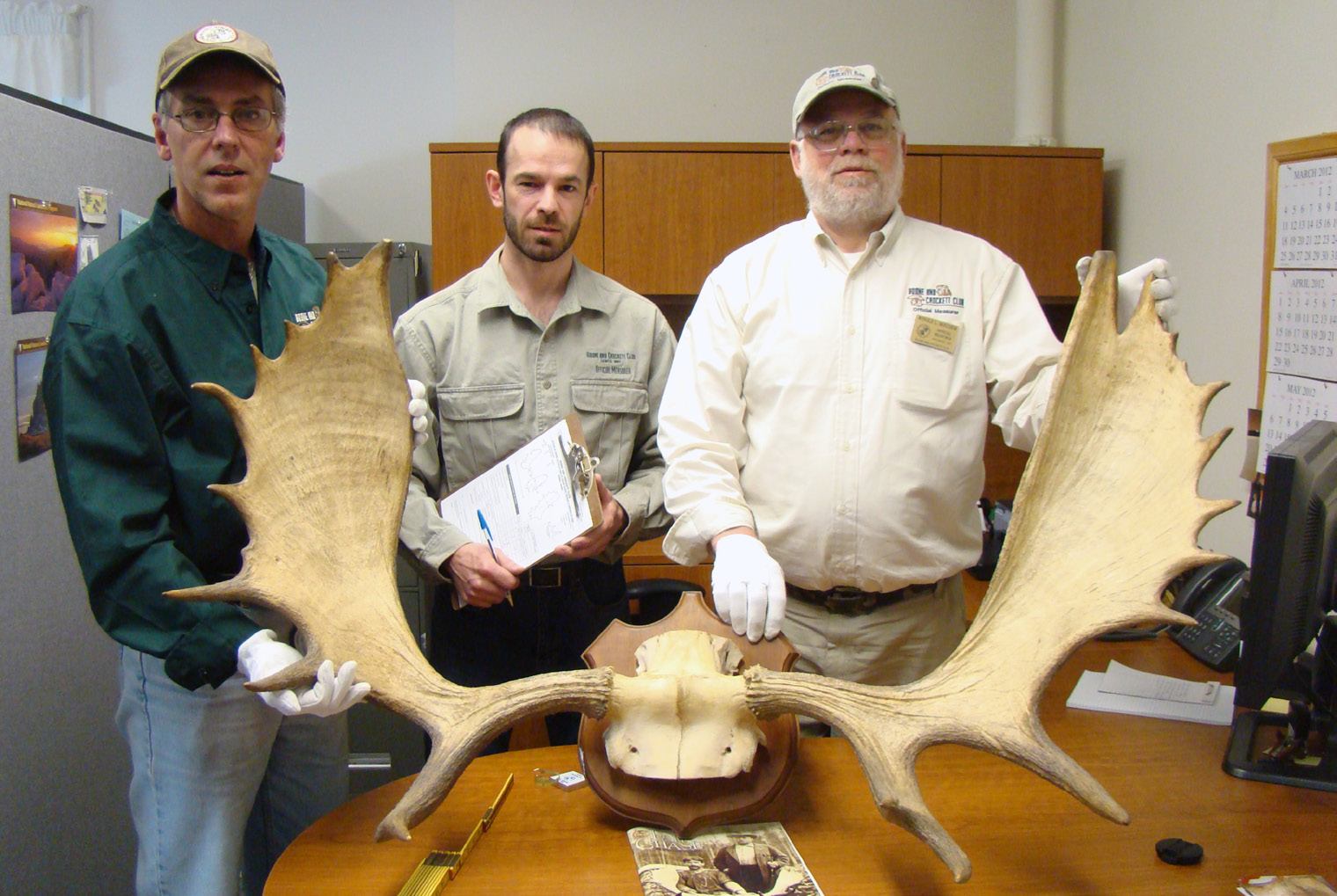In January 1901, the year Theodore Roosevelt became president, he embarked on a five-week hunt for cougar with hounds.
He started out from Meeker in northwest Colorado in the company of Philip B. Stewart, Dr. Gerald Webb and hunter John B. Goff who brought along his pack of cougar hounds. The trip turned out to be quite successful, accounting for 14 mountain lions, one of which weighed a record 227 pounds.
TR regarded Goff as an excellent hunter and his pack of hounds as the best trained. When pursuing cougars, the hunter is only as good as his dogs.
The big cats are usually plentiful wherever deer are plentiful. For that reason, the dogs have to be trained not to confuse the different game trails, as wolves were also abundant in the same area.
Apparently, Goff would periodically introduce puppies to the pack so the more experienced dogs would help to train the young dogs. Each dog had its own personality, and each did the job in its own unique fashion.
One of Goff’s most aggressive fighters was a dog-called Jim who was capable of keeping a cougar up a tree all night. Jim and another dog, Turk, were the pack bullies, but one of the most useful dogs was an old boxer. He was so tough that after being badly bitten in a hind leg by a lion, he continued on three legs for the remainder of the chase.
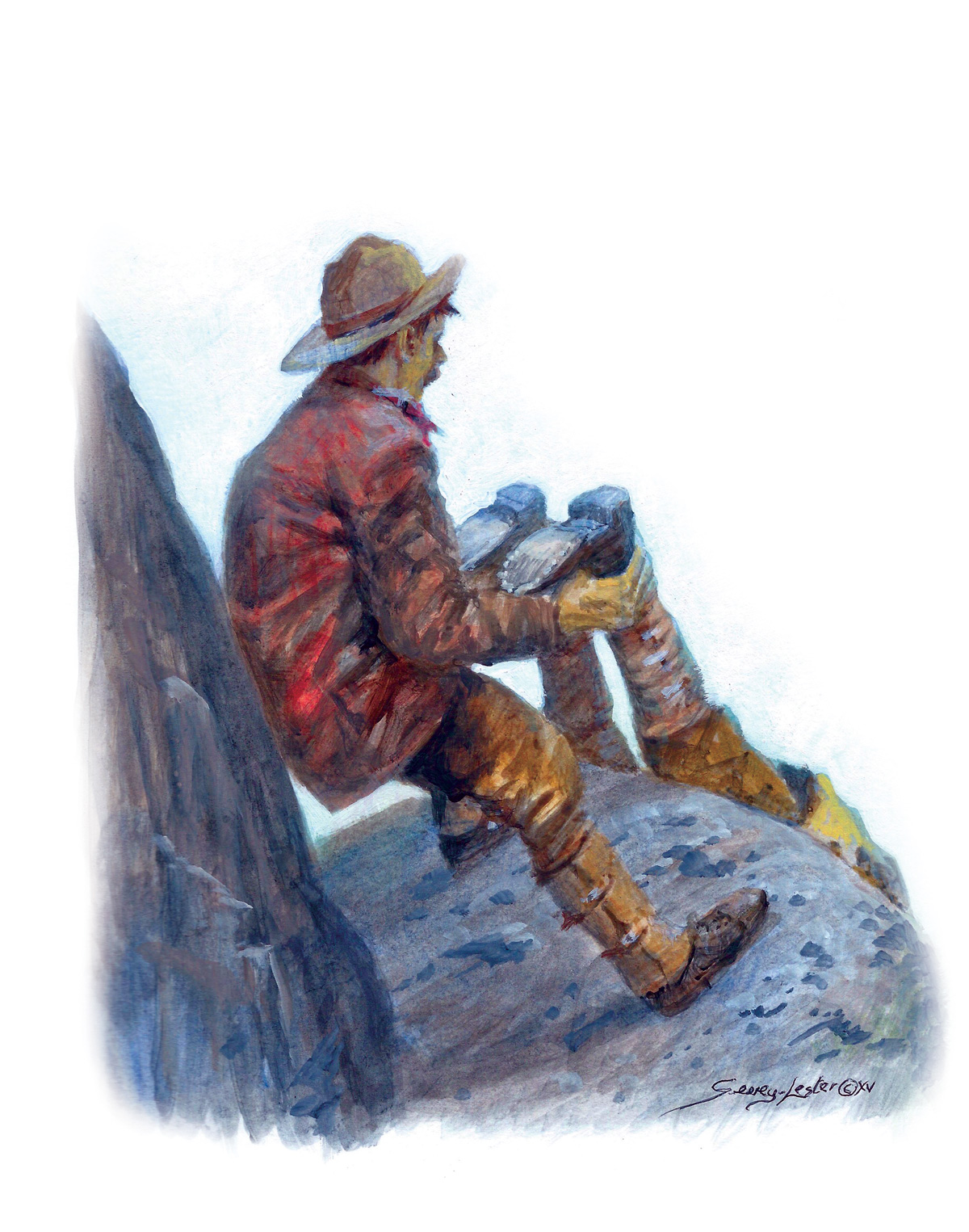
Another important member of the pack was Tree’em. He could always be identified by his single bark, followed by several seconds of silence, while all the time staring at the treed cat. The pack included three bitches that were very tough and could hold their own among the male dogs.
The hunting party traveled through some spectacular winter scenery. The third day out dawned in brilliant splendor, and when the sun rose, all the land sparkled a dazzling white. The men had an early breakfast before spending the day going up and down hills and plowing through the snowdrifts.
Just at sunset, the dogs jumped three cougars. When the cats separated, so did the pack. Tree’em and two other dogs went one way, while the old boxer went another. Jim and the bitches went after the third lion, followed by Goff.
The light was fading as TR galloped off behind Goff who was going hell-for-leather after his hounds. At one point, TR’s horse slipped while traversing a snow-clad hillside. After gathering his composure, he resumed his headlong chase after Goff.
Finally, they came to a long trail between two hills. The men stopped and listened for the dogs, which were now well ahead of them. As they started down the rough trail, they could hear the far-off clamoring sound of baying dogs. TR and Goff knew their quarry was at bay.
The sun had been replaced by a full moon by the time the men caught up with the dogs at the edge of a cliff where a male cougar had been brought to bay.
The men dismounted, left their horses, and clambered on foot along the cliff face. It was difficult to make out the cat in the moonlight, but the dogs’ frantic yapping helped guide them toward the lion.
As TR drew nearer, he could just make out the shape of the big cat. Although the moonlight was bright, when he raised his rifle, he found it difficult to see the sights. He fired anyway, but the bullet hit far back. Though seriously wounded, the cat sprang away, disappearing around the cliff shoulder.
Roosevelt knew the cat had not left the cliff by the action of the dogs, though neither man could see it. The cliff was about 100 feet high, and it looked as though the cougar had positioned himself beneath a large projecting rock.
TR and Goff carefully inched their way along the steep cliff face. Roosevelt then scrambled down to the large rock and, holding it with one hand, peered over the top. He could just make out the cat’s tail, but by leaning farther over, he could see the cougar’s head. It was lying directly beneath him on a narrow ledge. The dogs, although noisy, kept their distance.
The men figured it was impossible to climb down and approach the cougar from underneath. Nor was it possible for TR to hold onto the rock with his left hand while shooting with his right.
So the determined TR asked Goff to come down and hold his legs while he hung over the rock to make his shot. Goff was obviously apprehensive about the maneuver and certainly didn’t want to be a party to the death of the vice president.
After being reassured by the persuasive TR, Goff came down, braced his feet against the protrusion and grasped the vice president firmly by the ankles. He then very slowly lowered TR down until his head and shoulders were over the edge and his arms were free.
TR slowly brought his rifle around and aimed at the angry cougar, which was lying directly beneath him. He aimed between the ears, then fired, mortally wounding the big cat and causing it to fall off the ledge. The cougar rolled down the steep slope, taking the dogs with it for about 100 yards before coming to a stop in a deep gully.
TR said later, “It was an interesting experience and one which I shall not soon forget.”

